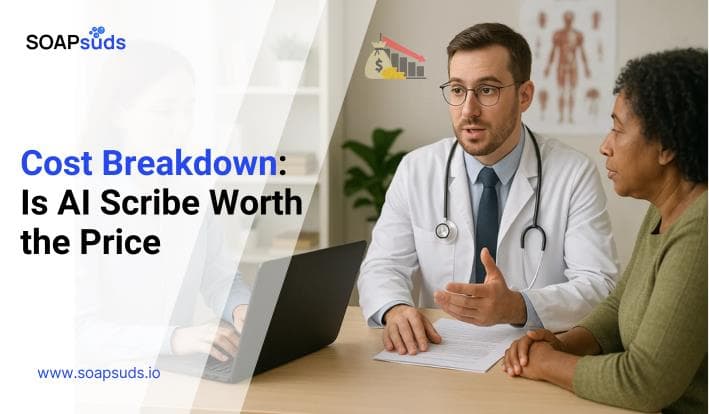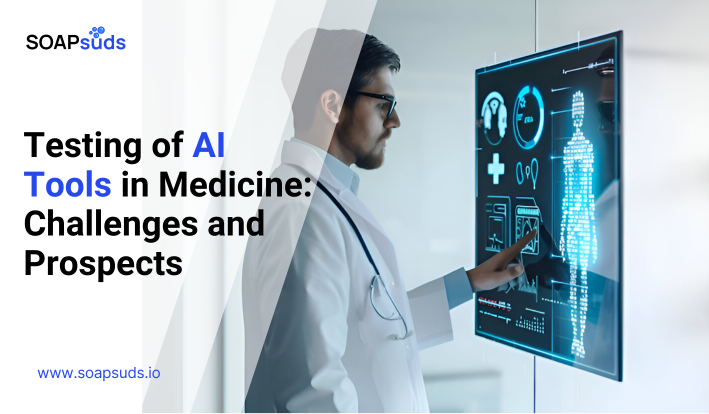AI Medical Scribe Cost Breakdown in 2025
SOAPsuds team
Published: 9/16/2025
SOAPsuds team
Published: 9/16/2025

Veterinarians and dentists often spend long hours on detailed notes, compliance work, and patient charts.

As primary care continues to evolve, the role of artificial intelligence in healthcare documentation

Since documentation is one of the least enjoyable aspects of a clinician’s role

We often hear the question: How does a medical scribe help a physician?

In the modern world, technology plays an important role in helping people stay connected, especially

With the rapid growth of artificial intelligence, regulators like the FDA have approved hundreds of...
Clinical Notes
SOAP notes
DAP notes
AI medical notes